Gary Steel asks one of the most pressing questions of the modern era: why does the best music sound like crap on good hi-fi systems?
MY WITCHDOCTOR COLLEAGUE Ashley Kramer kindly invited me over yesterday to check out some rather special new hi-fi kit he’s auditioning, and which has been keeping him up nights. He just can’t stop listening.
Ash is playing around with a handsome valve amp from Japanese company Shindo, whose gear is handmade using componentry its creator chooses for one reason alone: it makes the gear sound better. Apparently, Ken Shindo produces his amps at his own pace, and turns down bulk orders. Obviously, the guy is doing it for the right reasons, even if this methodology does ramp up the price of the product. 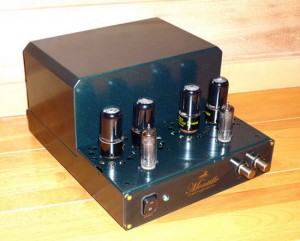
The speakers – oddly truncated not-quite-floor-standers called Living Voice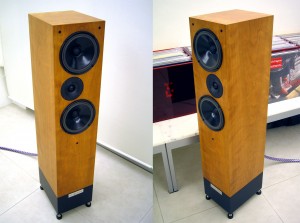 – were also worth a small fortune. We’re talking something in the region of 15K. Attached to the gear were interconnects that were worth considerably more than the music source component, Ashley’s trusty Marantz SACD player.
– were also worth a small fortune. We’re talking something in the region of 15K. Attached to the gear were interconnects that were worth considerably more than the music source component, Ashley’s trusty Marantz SACD player.
As usual in such situations, I brought along a small stack of my own CDs – music that I know well and which have defining sonic characteristics that I can use to compare with the sound on my own system – and Ash augmented my selection with some of his discs.
Now, given this blog’s heading, you might be wondering if I’m going to contend that Ashley’s music selections sounded great but were shit, and that my selections were great but sounded like shit. You may be disappointed, dear reader, to learn that I’m not about to put that particular cat in with the pigeons.
But what was evident from the get-go was that almost all of Mr Kramer’s sounds were “realistic” – voice and mostly acoustic guitars often caught in a live, or live-in-studio setting. Whether genuinely live or not, they were clearly designed to replicate what an audience would expect of a typical performance. That is, you’ve got a singer, you’ve got players, and you’ve got a conventional performance setting with the voice right in the middle and just enough stereo imaging to provide depth and width. Although Ash himself was alarmed at the way the amp and speaker combo showed up flaws in the recordings – especially when voices had been over-driven through microphones – I thought all his records sounded quite astonishing: there was a very attractive intimacy coming through, together with a sense of perfect timing and timbre that is impossible to describe. With most good-quality stereos, you’re not aware of the absence of timbre, or of timing being even slightly off, but when you hear a system like this where all the rhythmic factors are working in spectacular accord, you realise what you’ve been missing. And perhaps that’s the thing. With this quality of hi-fi reproduction, maybe there’s an intrinsic ability of the gear to create a conscious realisation in the listener about things he or she may have previously not noticed.
The problem with most of my favourite music is that it’s invariably recorded in somewhat complex studio environments/situations. That is, they’re mostly studio creations, where many overdubs may have been applied, and therefore, they’re not “natural”. Still, to me they’re great sounding… but not on this system.
Whatever I threw at it sounded “small” and lacking in dynamics, as opposed to the luminosity of Ashley’s selections. Frank Zappa’s ‘50/50’ (from the rather nicely engineered Overnight Sensation, 1973) had all the oil boiled out of it, and Jean-Luc Ponty’s incredible electric violin solo, and then Zappa’s own incredible fretboard extravaganza, sounded dry and ordinary. On my Martin Logans the same song sounds incredible: deep bass, huge sounds, spectacular. The same thing happened with Talk Talk (‘Happiness Is Easy’ from the Colour Of Spring remaster, 1986/1997) and others. 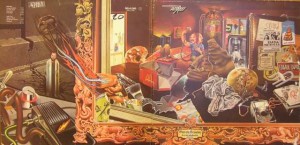
There were positives. These speakers weren’t terribly generous with their bass, which probably reinforced their ability to resolve fine detail in the mid-range and upwards. I noticed melodic and orchestral voicings that I hadn’t noticed on my own system, but then, maybe it was simply because of that more upfront mid-range. And the aforementioned timing was really something to experience – I was intrigued by the way the amp/speaker combo dealt with rhythmic detail.
But generally, I found it all rather disquieting. Why is it that high-end hi-fi seems not to suit so many of my favourite albums, including the ones I have always considered to be exquisite recordings?
We all know the trope about the hi-fi salesman playing the same old Dire Straits or Norah Jones album, and it’s something that worries me about hi-fi freaks: invariably, their music tastes are a tad conservative, and the unquenchable desire to listen only to music that sounds good on that expensive gear is a further disincentive to make something of an adventure out of music.
When I got home I felt like a blast of nostalgia, so I picked out Sly & the Family Stone’s extraordinary 1971 album, There’s A Riot Goin’ On. This 2007 remaster sounds amazing on my system, but even here I’m aware of certain shortcomings. Larry Graham’s bass is phenomenal, but there are moments (mostly vocal, or trumpets) that are just too thin and sharp. 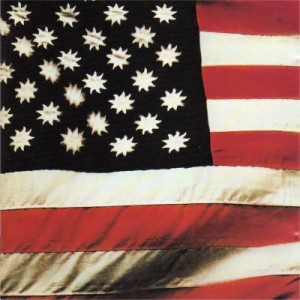
Here’s an album that has just about everything I value in the art of recording. Through his drug haze, over the course of months, Sly Stone slowly put together this album via all-night jam sessions involving a whole lot of different (uncredited) guests. Some songs sound like glorified demos – he uses an ancient prototype drum machine on a few cuts, and the recording quality varies, even probably amongst the layers of overdubs. For all that, it’s a rich sound and well… simply one of the greatest albums of the ‘70s. There’s nothing else even remotely like it, and in terms of its originality, and its influence on successive generations, it’s right up there with Miles Davis’s electric work.
There are two issues that Sly Stone’s great album raises in relation to the pursuit of audiophile nirvana:
1) To get truly creative in a recording studio, you want to get past the rather old-fashioned idea that a piece of music is just a performance, in real-time. You want it to be a piece of sonic art. You want to be able to use whatever acoustic, electric, electronic or other tricks to bring about a sense of musical metamorphoses that’s greater than just listening to a bunch of musos perform. The trouble is, it seems that hi-fi manufacturers are almost all approaching their craft with that old-fashioned idea that music is a bunch of fellas performing in a cowshed to an audience, not an opportunity to create a piece of sonic magic.
2) If we limited our listening to the kind of audiophile stuff put out by labels like Denon, we’d be worse off. This stuff is predicated to sound fantastic on great stereos, but most of it is deadly dull and a creative dead-end. On the other hand, the ‘60s, ‘70s and ‘80s are packed full of classic albums that sounded great in their day on pretty good systems, but don’t sound much good on the majority of high-end systems in 2012. Why is that? I listened to parts of King Crimson’s 1969 In The Court Of The Crimson King  on this hi-fi, and it sounded flat, uninvolving. I still remember the feeling I had the first time I heard this album in the early ‘70s – it was easily the best-sounding album I had ever heard, and the drum sound alone was astounding, let alone the combination of acoustic and electric instruments, and the dynamics of the surging mellotrons. Successive reissues of this album were letdowns, until Steven Wilson’s 2009 remix, which brought back all the lustre of the original vinyl, and thrilled me all over again. So why did it sound not special at all on this very expensive gear? Perhaps part of the problem is simply that today’s equipment is capable of rendering a piece of music with clarity that was never intended in the first place. So a trumpet that sounded muted on that original recording can sound horribly piercing on a modern stereo. In other words, perhaps the analogue gear that recorded the music wasn’t high resolution, but today’s playback gives it a kind of fake hi-res sharpness. Or perhaps those engineers in charge of remastering for CD are to blame.
on this hi-fi, and it sounded flat, uninvolving. I still remember the feeling I had the first time I heard this album in the early ‘70s – it was easily the best-sounding album I had ever heard, and the drum sound alone was astounding, let alone the combination of acoustic and electric instruments, and the dynamics of the surging mellotrons. Successive reissues of this album were letdowns, until Steven Wilson’s 2009 remix, which brought back all the lustre of the original vinyl, and thrilled me all over again. So why did it sound not special at all on this very expensive gear? Perhaps part of the problem is simply that today’s equipment is capable of rendering a piece of music with clarity that was never intended in the first place. So a trumpet that sounded muted on that original recording can sound horribly piercing on a modern stereo. In other words, perhaps the analogue gear that recorded the music wasn’t high resolution, but today’s playback gives it a kind of fake hi-res sharpness. Or perhaps those engineers in charge of remastering for CD are to blame.
Ultimately, there’s no resolution – so to speak – to this argument. The Shindo and those lovely 15K speakers did sound absolutely gorgeous on acoustic-oriented music, so I guess anyone whose musical diet was that limited would just love them. [Not that I’m suggesting Ashley’s tastes are limited. I would question his taste on occasion, as he would question mine, but I know he likes some very noisy and at times adventurous stuff]. There are always variables as well, and I’m sure Ash will report in due course with a very detailed review of this get-up.
For me, it just highlights the dilemma I’ve faced in all my long years of hi-fi appreciation. I love great sound, and lo-fi would just never do, thanks very much, but sometimes I wonder whether we should all just go and buy studio monitors. After all, if we replicated the standard gear in good studios, wouldn’t the music we listen to then sound pretty much like it did when it was recorded?
Still, as much as this provides me with a very real quandary, my fascination with hi-fi continues. While I’m somewhat of an agnostic, from time to time I find reason to believe. GARY STEEL
PS, In the end, the thing I enjoyed the most were Ash’s halloumi toasties. Exquisite.

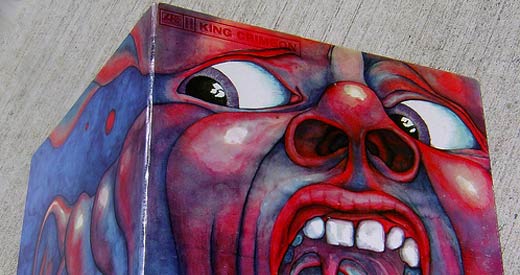


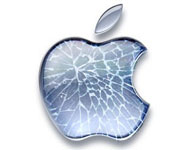
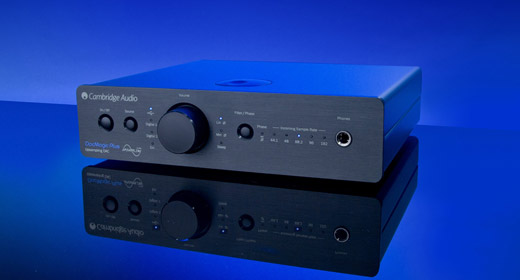


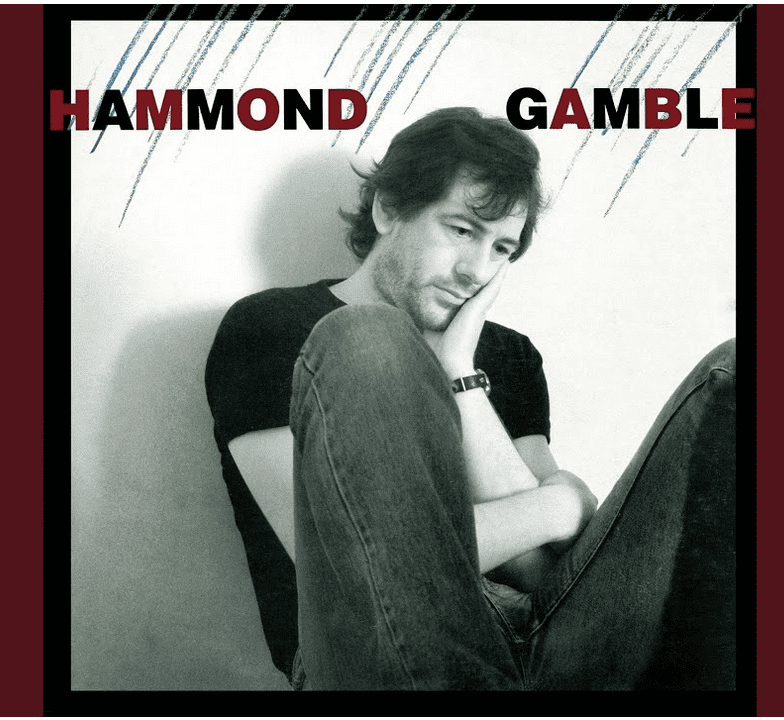
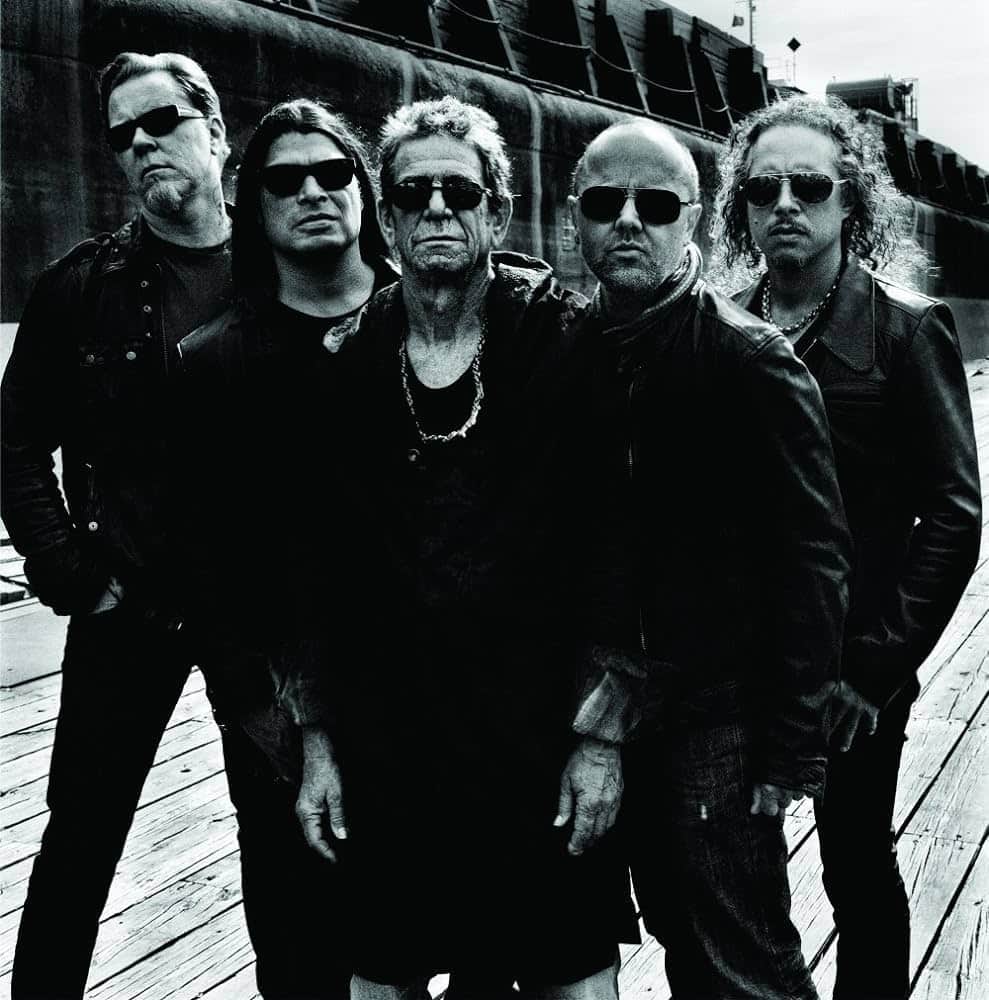
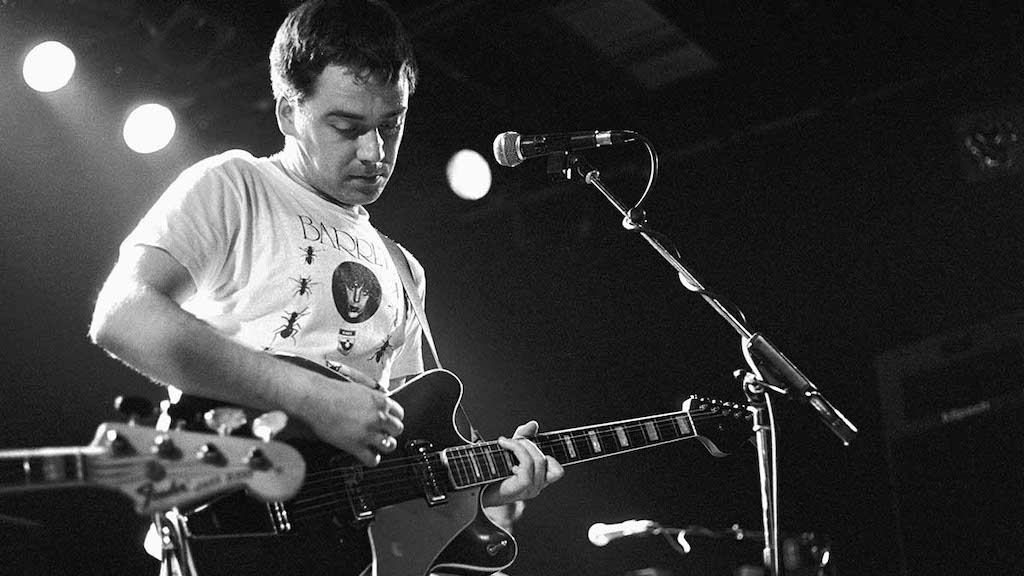

Interestingly I listen mainly to heavy as f*(k metal and drone stuff, and a lot of acoustic things, and this set up is just perfect for everything I throw at it… horses for courses…
Neil, it could also be room, positioning… or perhaps having traveled from Helensville to Glendowie, perhaps my ears were just dead from the road noise. Perhaps you can demo it at yours set up the way you like it next time. I can afford to bring at least one beer.
And you’re completely correct about dull audiophile music. Most of it sounds to me like a dirge… totally boring… I also listen to a lot of electronica in addition to my aforementioned heaviness, and I find systems like this fantastic, right now I am listening to a Sugden/ JMR setup that is working wonders with Pitchblack. There will never be a system that does all things and is all things to all men, and that is especially true the further up the ladder you go. Usually when you move into the upper echelons of hifi, you’re buying into a designers particular philosophy, and you’ve probably got it right with the Shindo/LV set up, Ken loves jazz, and acoustic music and it shows through his designs…but then you’ve only heard one of his amps, all of them are designed around different tubes for a reason, they all have a different flavour, and different strengths and weaknesses. But it is all fun nonetheless!
Interesting stuff… I’ve had a pair of Living Voice speakers for 15 years, and I totally agree with your comments regarding Jazz and acoustic being its’ strengths, but I too love a bit of Zappa or Nirvana, and have never found anything missing. If there’s one thing about the LV’s, is they are very revealing of the source…. not in a forensic way, but any changes upstream are there with knobs on. Also In my experience, I’d suggest at least 20+ watts to really get them jumping, else they can sound too polite
The better the CD player, turntable or electronics I’ve bought, have been made very clear…. guess that’s why I’ve had them for so long. The addition of an REL sub integrates well to extend the low bass.
The bass on the Living Voice speakers didn’t go anywhere near deep enough for me. I find with my Martin Logans that I don’t need a sub at all. It’s only occasionally when I’m listening to dub or some kinds of electronic music that I would like to bolster the bass. The MLs bring ’70s jazz-rock fusion alive, and the Zappa – not to mention the recent remastered Nevermind by Nirvana – sound incredible on them. I should have tested that out on the LV. It’s interesting that both of you – Neil and Martyn, that is – consider the LVs very capable when it comes to hard rock. That certainly wasn’t my – admittedly very brief – experience with them. But as you say, source and amp may play a big part in it.
Hi
I just want to mention that the Living Voice Speakers being used were The Avatar II’s which retail for $10,999 not the $15,000 mentioned.
$15,000 would have you with the Living Voice OBX-R2 with the superior Scanspeak Revelator Tweeter and the external cross-over box.
Steve
Good spotting, Steve. Of course the mistake was intentional just to see if anybody was awake. [Smile].
Interesting read this.
Putting aside all the “variables” I’ve found that the closer I get to that “higher end” the tougher it is to find gear that ticks all the boxes. It is out there, just takes more effort and time to find it I spose.
BTW, I’ve a wee way to go before I enter the realms of the “High End”.
One mans meat may not always be to the other mans liking. Eh Neil?
Interesting article. Gary.
It reminded me I recall reading an interview with Zappa where he said he listened to all his test pressings on a $250 (USD) stereo, cos that’s what he figured most of his fans owned.
I’ve just been reading an issue of Hi-Fi News which has an article about the old JBL L100 speakers, which were the professional monitor 4311 model with a different grille. In it, the author (Ken Kessler) mentions that the liner notes of Zappa’s 1982 Ship Arriving Too Late to Save a Drowning Witch album states: “This album has been engineered to sound correct on JBL 4311 speakers or an equivalent. Best results will be achieved if you set your preamp tone controls to the flat position with the loudness control in the off position. Before adding treble of bass to the sound of the album, it would be advisable to check it out this way first. F Z.”
Looks like you need to dig up a pair of JBL L100’s Mr. Steel 🙂
Ha! I’ve often wondered about that liner note. It was the only one of Zappa’s 60-odd albums that made a suggestion as to the equipment with which one should listen to the record. FZ generally had incredibly high standards across the board – using the best musicians, the best engineers, blah blah. But his albums vary wildly in sound quality, due to all sorts of factors – some are 20-piece jazz bands with powerful horn sections, others have incredibly complex musical passages, others are purely electronic. And FZ was also an editing innovator, layering live recordings and multifarious overdubs, which created multitextual cultural artefacts with incredibly varying recording quality.
Possibly the only perfect sound is to be in the control room when the mix is done – when the musicians/producer say it is finished, OK, send it out… then the music is mastered/pressed/produced through various systems to the end product the listener gets – and listens to on yet another system/s… variables, variables, variables…
I think Dan`s comments are very true below.
“Possibly the only perfect sound is to be in the control room when the mix is done – when the musicians/producer say it is finished, OK, send it out… then the music is mastered/pressed/produced through various systems to the end product the listener gets – and listens to on yet another system/s… variables, variables, variables…”
When it comes to playing rock music from my experience you really need very good current and power to bring the music to life on domestic audio systems to have any resemblance of the live event.
Shindo makes very good sounding amplifiers but I think in this case probably not the right choice of amplifier/loudspeaker combination to get the best from Rock or heavy metal music recordings.
Amplifier loudspeaker control is critical when trying to play at louder volume levels that these types of music need.